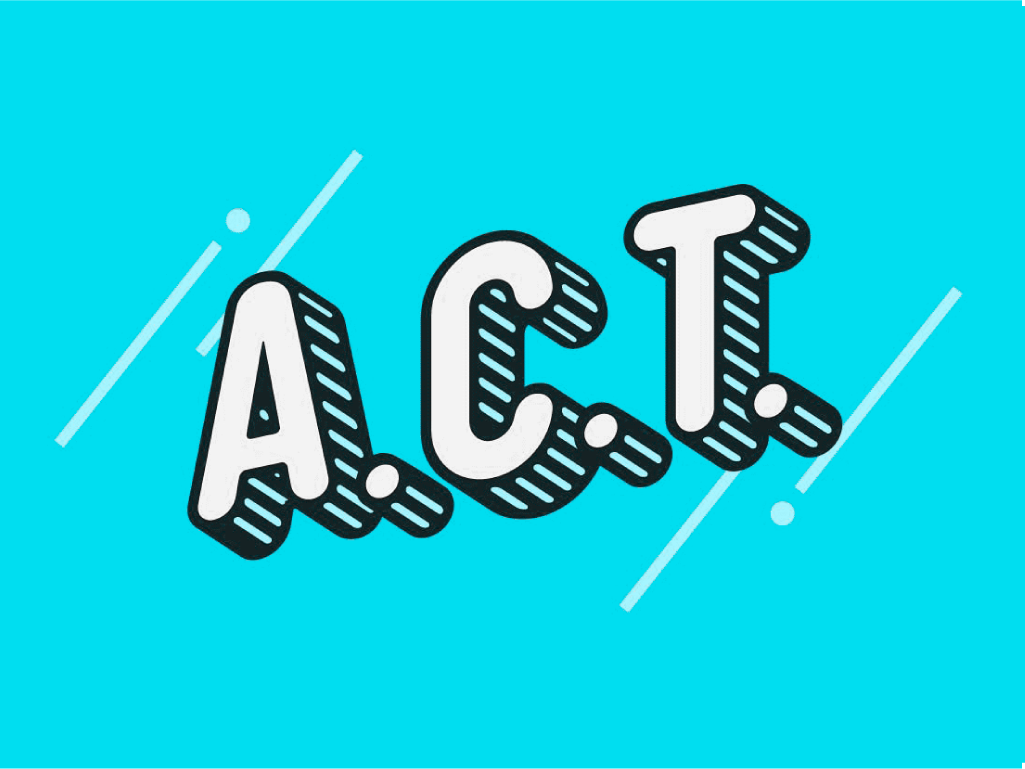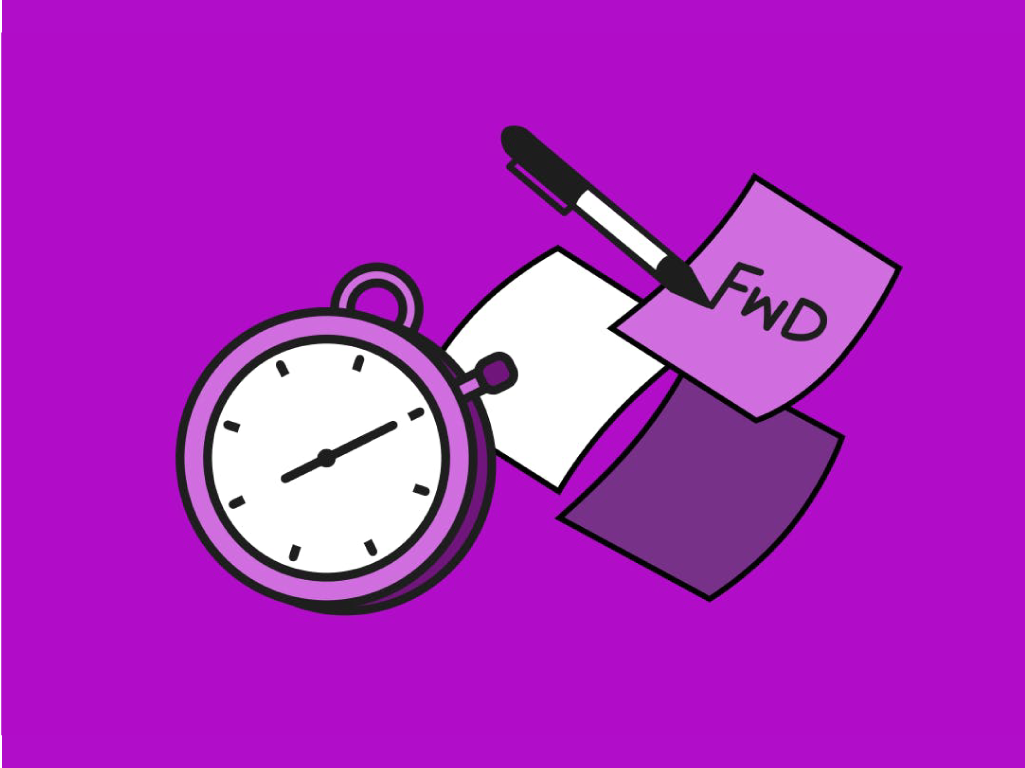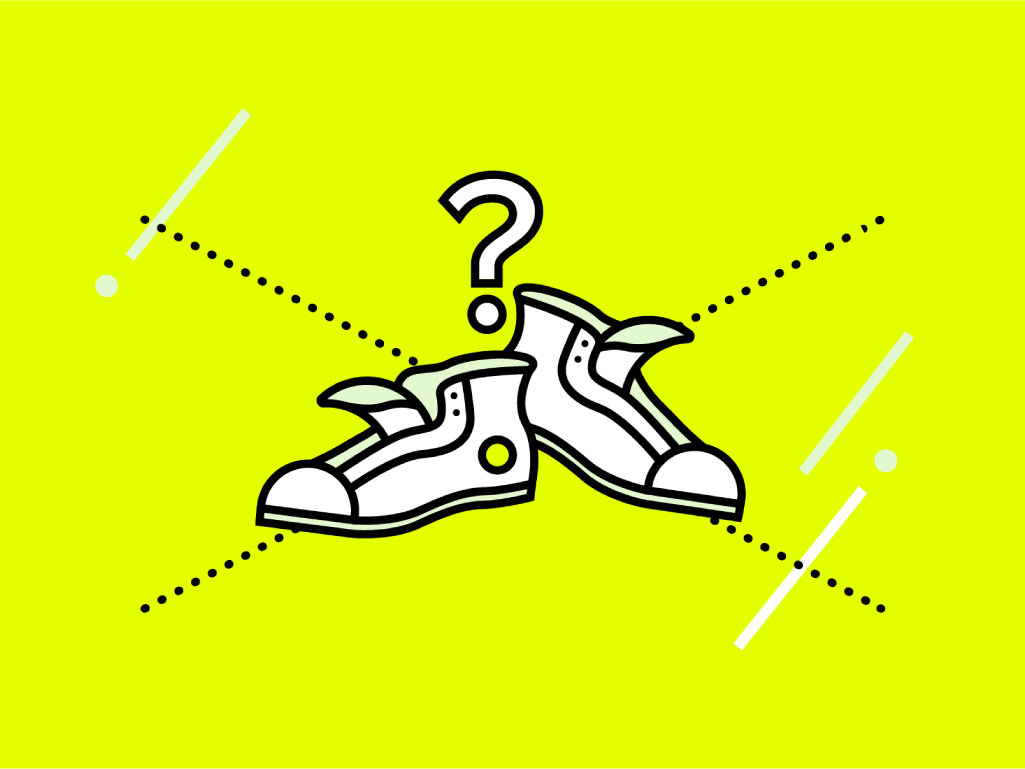How to use or facilitate:
- Download the template, or get a blank sheet of paper and grab a pen. If you’re using a blank paper, draw three columns and label each with a corresponding letter for each core aspect of your brand’s marketing strategy. A for Audience. C for Content. T for Touchpoints. Make sure to leave enough space or rows under each column so you can fill in information and ideas for each segment.
- Begin with the A column. “A” stands for your audience segment. Who are you targeting? Go beyond the persona, and think about the behaviors of people who want/need/use your product or service. What do they search for when looking for what you provide? What habit, goal, or defining attribute draws them to your brand? For example, if you were launching a new cold brew coffee you might suppose that thinking about your audience in traditional measures like age, gender, or geography doesn’t really tell you much, as coffee drinking transcends all of those basic demographics. Instead, consider their behaviors: they love going to cafes for a custom craft brew because they like a healthy, not-too-sweet, but decidedly delicious drink. They use caffeine to fuel their productivity. And they are drawn to artistic pursuits, thanks to their maker mentality.
- Once you’ve defined your target audience segment, move to the C column. “C” stands for content and communications. This is all about how you’re speaking to your audience and with what message. What’s most important is using a language and format that will resonate with them. What aspirations or motivations can you communicate that connect with their tastebuds and wallets? Going back to the cold brew example, we’d want to let the audience know that our beverage delivers the closest thing to a cafe experience there is: it’s artisanally crafted, top-quality beans, a hint of sweetness, and uber-caffeinated to power superior performance all day long. These core messages must infuse all of the content we create to make that all-important emotional connection.
- Finally, we consider the “where” in the equation: the triggers and touchpoints that ultimately entice someone to take action. This is your “T” column. This can include things like your website, social media accounts, and email campaigns. The idea is to use this juice to identify the funnels and tactics that are most efficient, and that deliver the best ROI. Back to the audience segment we’ve defined in the A column – they might not necessarily sign up for an email newsletter just about coffee, but if you blend in free productivity hacks from top high-intensity, perhaps over-caffeinated influencers, and you’ve got a more compelling trigger and touchpoint. You also might want to build an Instagram campaign with punchy visuals around those productivity hacks that run first thing in the morning and also in the 3:00 p.m. slump to get your audience virtually reach for your cold brew.
- Once you or your team has completed your A.C.T. map you can do a simple effort/impact analysis assessment on each idea to determine what order of priority for executing should be.

The Takeaway:
You can’t program your way into your desired audience’s hearts and minds, but there are plenty of signals in the noise if you aim to listen differently. From using this simplified activity in your next strategy session, you’ll have everything you need on one page that serves many purposes:
- Use it to design a creative brief for your content team.
- Create a marketing blueprint to get cross-functional buy-in from your stakeholders.
- Quickly start with small experiments in the market that you can amplify once you see positive results.
- Most importantly, you can take back the time, effort, and expense that it takes to develop complex marketing plans and brand strategies.
Customers demand and deserve more value now than ever before, and that proposition spans the entire landscape of product and purpose. The paradox of choice in our post-digital age is both a boon and a challenge to consumers and marketers alike. To get the edge over the competition, it’s on you and your brand to A.C.T. fast! 😉
Pro-tips:
Although you work through this map on your own, we recommend gathering your team, along with any information you have about your audience and their behaviors, preferences, and needs to really get the most out of the exercise. If you have an empathy map that fleshes out pain points and challenges for the people who will use or do use your product/service, all the better. (If not, you can always use our empathy mapping exercise to get a jump start better understanding your audience.)





